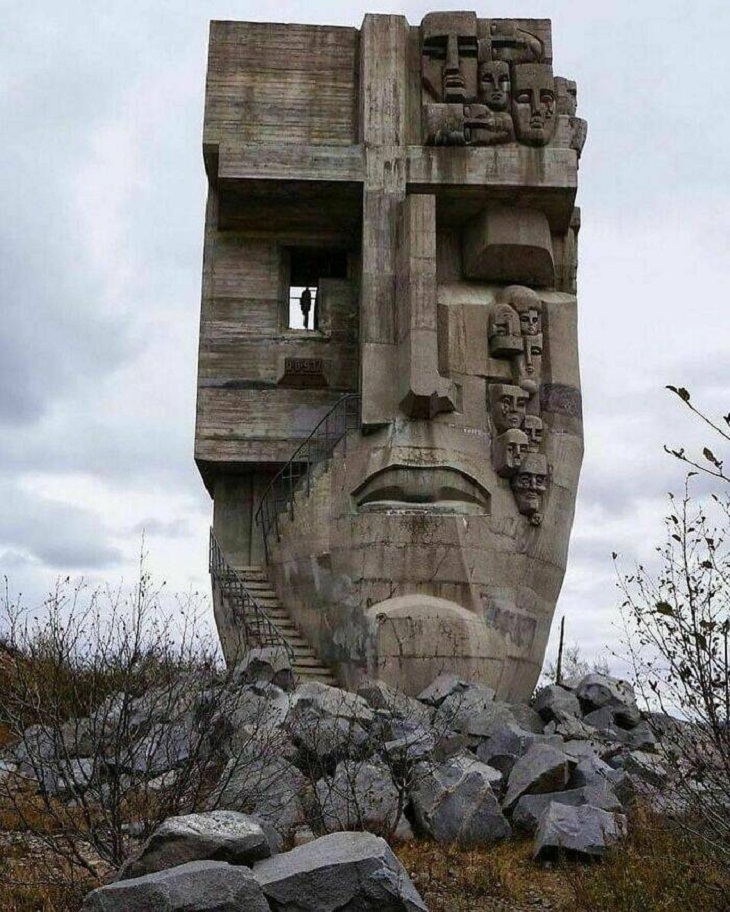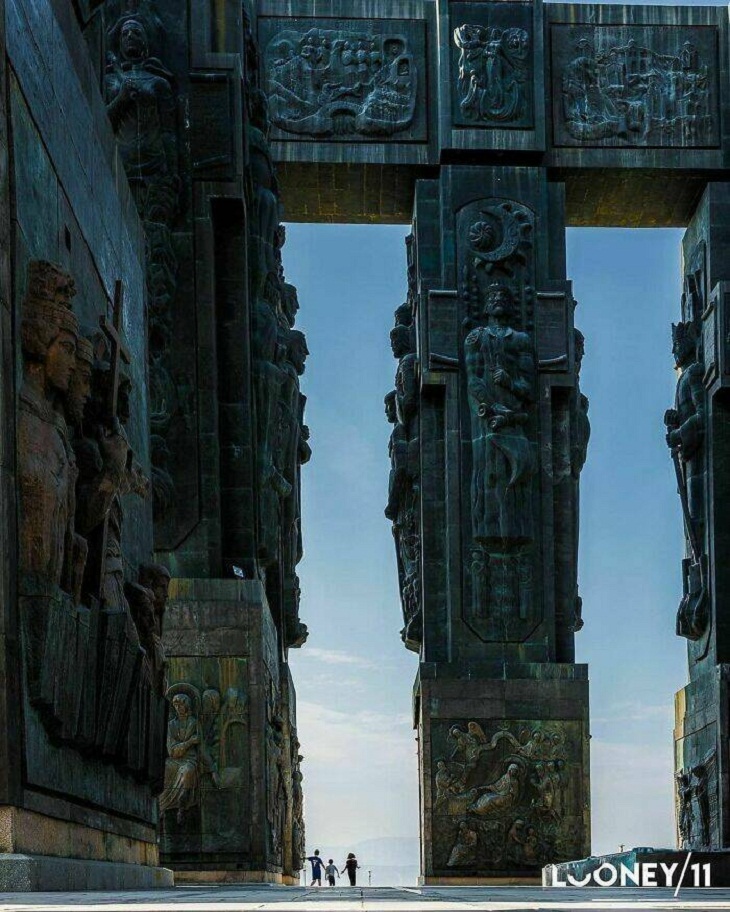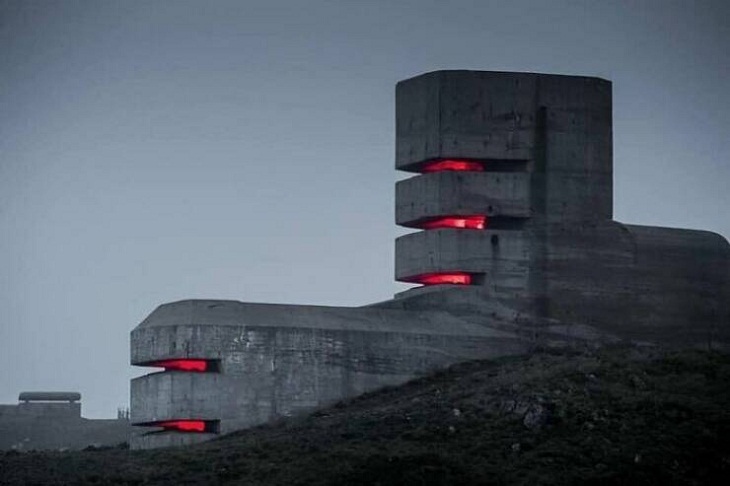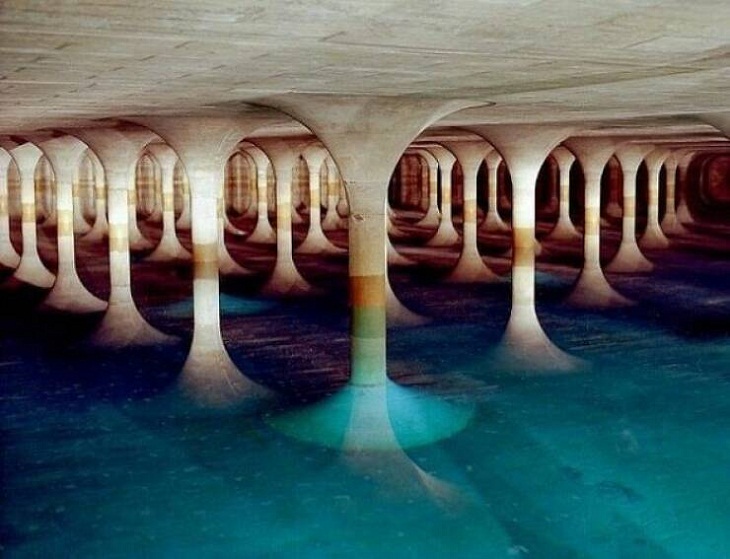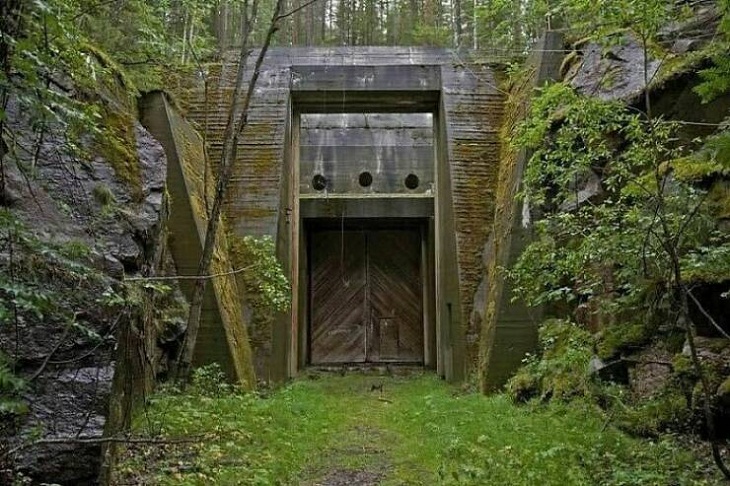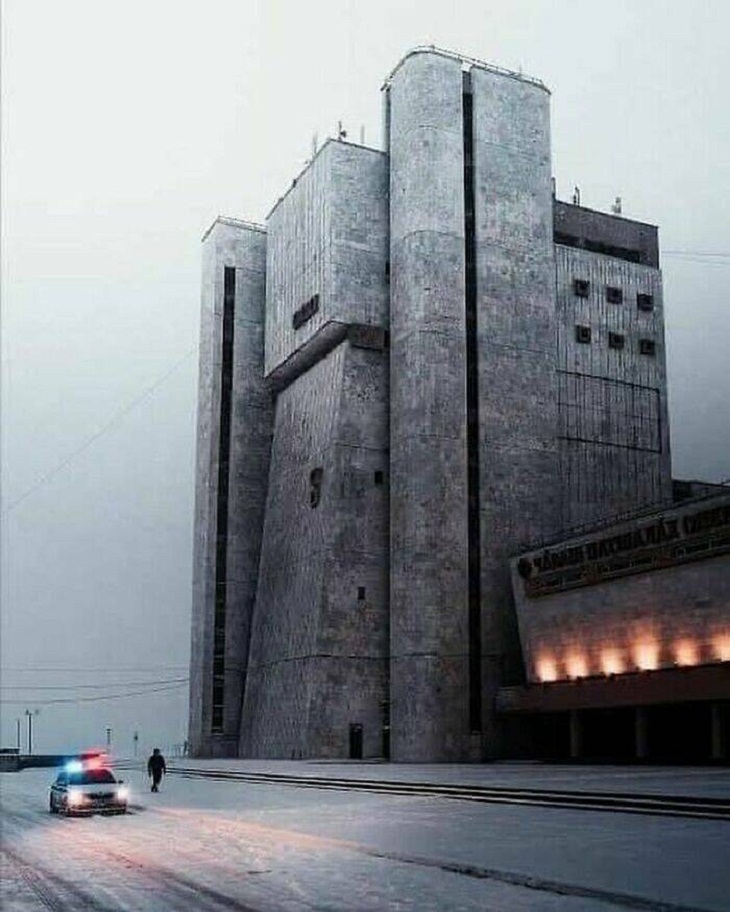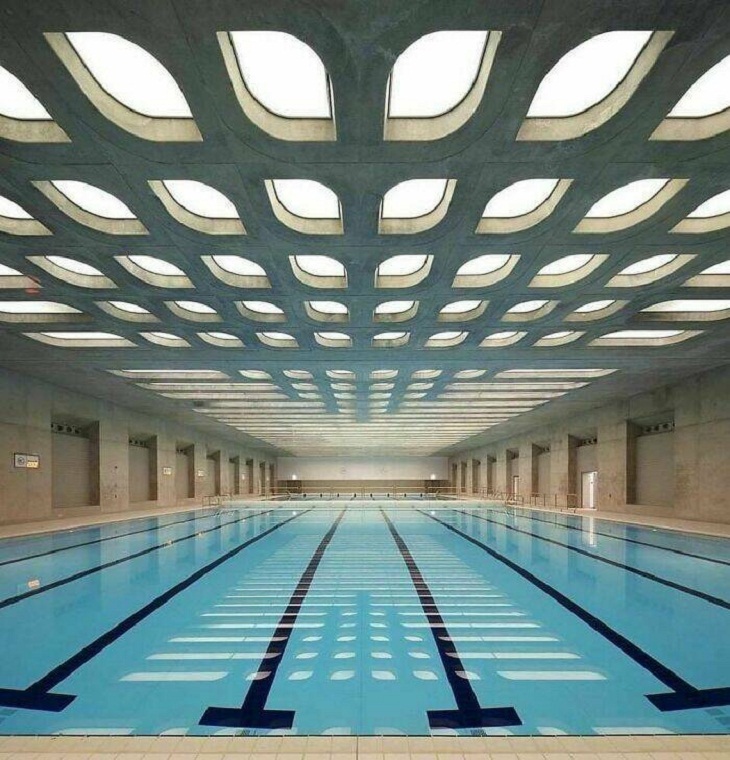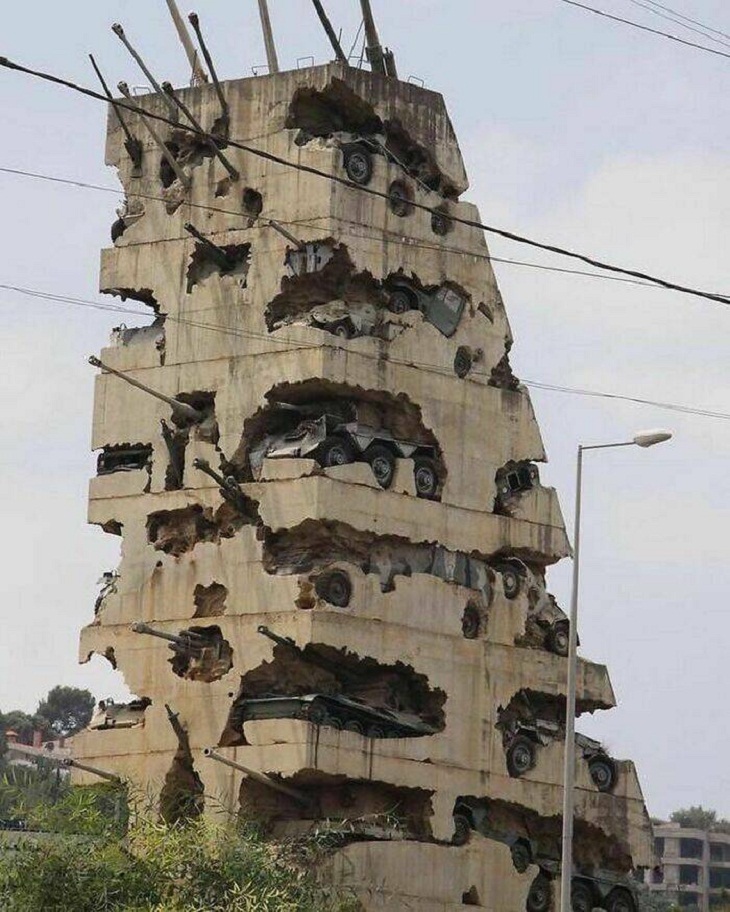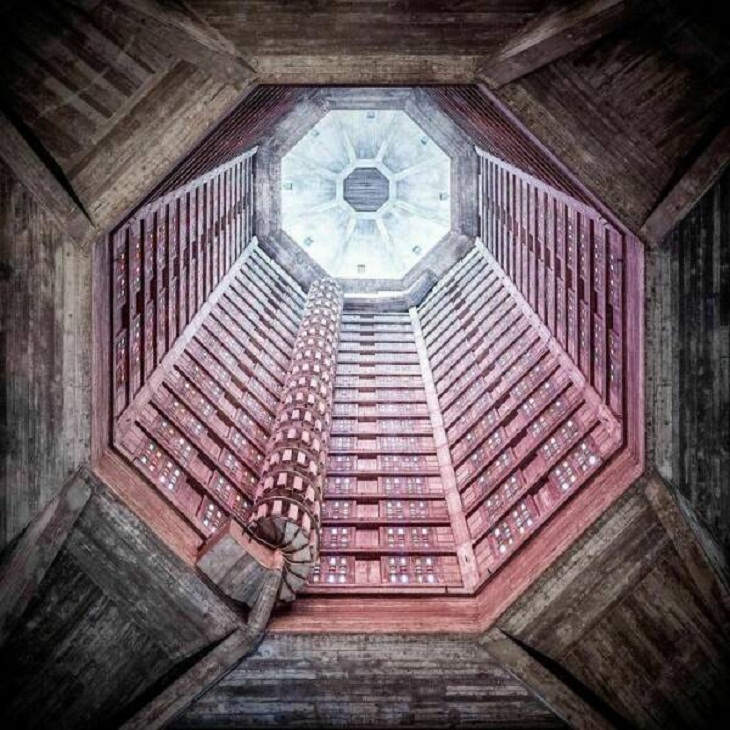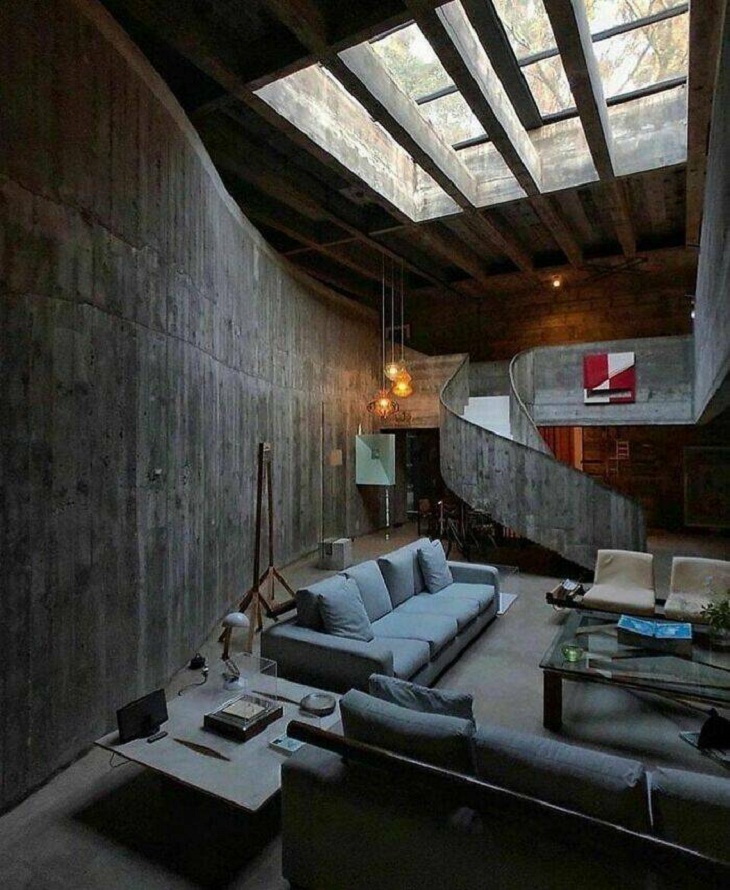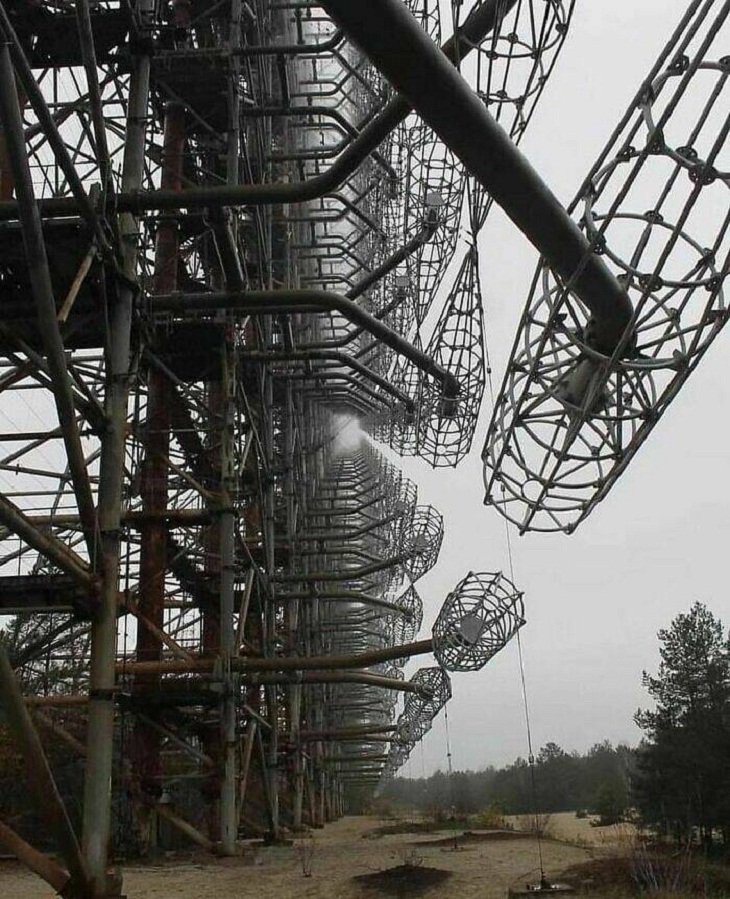
In the history of architecture, many influential styles have left an indelible mark. Classical, Romanesque, Gothic, baroque, neoclassical, modernist, and baroque are some of the more well-known styles. Today, however, we want to explore another impressive architectural style that deserves more recognition: brutalism.
Brutalism, also known as brutalist architecture, is a style that emerged in the 1950s and 1960s. The term 'Brutalism' was coined by Swedish architect Hans Asplund as 'nybrutalism' in 1955 and popularized by British architectural critic Reyner Banham a few years later. Interestingly, the term is a play on the French phrase for raw concrete, "béton brut," meaning “raw concrete.”
The brutalist style emphasizes materials, textures, and construction, producing forms that are highly expressive. Typically, it is characterized by cast concrete surfaces, massive and unapologetic shapes, and unusual forms. The architectural style is also distinguished by visually imposing geometric shapes, powerful concrete frames, enormous slabs, double-height ceilings, limited windows, and massive, threatening walls, as well as a primarily monochromatic palette. This style is most commonly associated with schools, churches, libraries, theaters, government buildings, and public housing.
Related: A Timeline of Architectural Styles Throughout History
The brutalist movement was popular from the 1950s to the mid-'70s. During the 1980s, the style lost popularity because it was viewed as a sign of urban decay and totalitarianism. The movement was mocked, and the architecture was criticized. A further reason behind its decline was the poor aging of the raw concrete used in construction. This often resulted in water damage and decay, which contributed to the overall appearance of the building.
In recent years, however, there has been a growing respect for the brutalist architectural style. Many new brutalist projects are being built with distinctive monumental concrete volumes. It’s not clear exactly why Brutalism has become trendy again, but the revival, for now, has been branded as “Neo Brutalism.”
Let's now take a look at some unique brutalist architectural designs.
